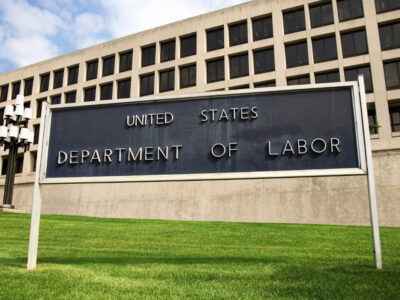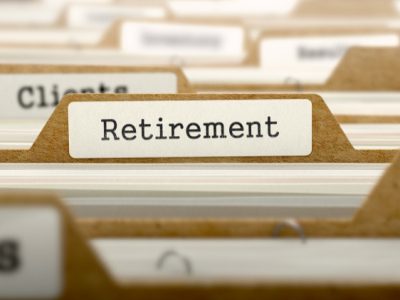Lost Plans & Missing Participants Highlights:
The Latest on Lost Plans & Missing Participants:

DOL Introduces Lost and Found Database
By Jane Smith Looking for your retirement benefits from a former employer? The Department of Labor has developed a searchable online database that may make it easier for former employees to find their earned benefits. The Retirement Savings Lost and Found Database is a resource for employees who separated from employment and still have earned retirement […]

Saving Paper Copy Pays Off for Pension Counseling Project Client
A recent victory by the Trellis Project—Mid America Region demonstrates how important retaining paper copies of plan documents can be. In this case, John, a 79-year-old former employee of a large corporation, contacted Trellis because he was denied pension benefits. The corporation and its plan said there was no record of his employment — even […]

More Resources Now Available for Finding Lost Retirement Plan Benefits
By Jane Smith There is a new resource for the many people who are entitled to retirement plan benefits but can’t locate their former employer to claim those benefits. Those searching for benefits can start by checking out the “Find Unclaimed Retirement Benefits” search tool on the Pension Benefit Guaranty Corporation’s (PBGC) website. This tool […]

PRC applauds passage of priority consumer protections in new retirement law
By Karen Friedman The Pension Rights Center (PRC) applauds the recent inclusion of several key consumer provisions in the Setting Every Community up for Retirement Enhancement Act (better known as SECURE 2.0), a retirement legislative package that was passed as part of the Omnibus spending legislation, which President Biden signed into law on December 29th. […]






